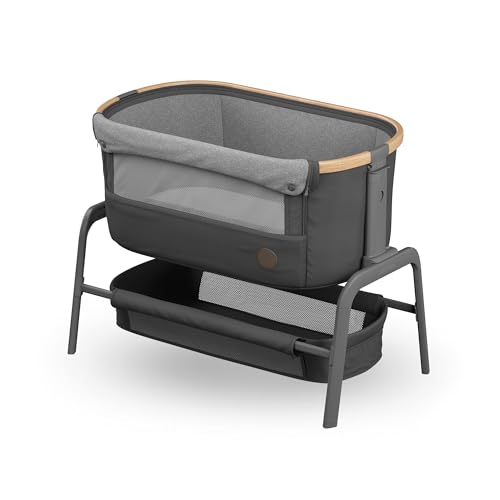When it pertains to preparing for a brand-new arrival, selecting the ideal baby cot is one of the most essential choices expectant moms and dads will make. A baby cot serves not just as a location for the baby to sleep but also as a safe sanctuary where they can grow, explore, and establish. This guide explores the different types of baby cots, crucial factors to consider for choice, security requirements, and more, assisting moms and dads navigate the myriad options available.

Choosing a baby cot involves understanding the numerous types offered on the market. Each has its distinct functions and advantages that cater to various requirements and way of lives:
| Type of Cot | Description |
|---|---|
| Standard Cot | A conventional style with fixed sides, designed for long-term use up until the kid transitions to a bed. |
| Portable Cot | Light-weight and retractable, ideal for travel or smaller home. |
| Crib | Typically smaller sized than a standard cot, developed specifically for infants. |
| Convertible Cot | A flexible option that can change into a toddler bed, daybed, and even a full-size bed as the child grows. |
| Co-Sleeper | A bedside crib that connects to the moms and dads' bed, allowing for simple nighttime gain access to while keeping the baby safe. |
| Moses Basket | A light-weight, portable basket ideal for babies, enabling easy motion from space to room. |
Picking the best cot involves a number of factors to consider to guarantee it satisfies safety requirements while likewise being useful for everyday usage. Here are some vital factors to remember:
Ensuring the baby's safety while they sleep is critical. Here are vital security ideas for baby cots:
Beyond basic safety and performance, numerous contemporary baby cots come equipped with extra features designed to enhance use and convenience:
Most babies can use a cot from birth until they are around 2-3 years old, depending upon their size and the cot's weight limitation.
It is normally best to shift your child when they begin to climb up out of the cot or reach the weight limit, usually around 2-3 years of age.
Second-hand furnishings can be utilized, however it's important to make sure the cot meets existing safety requirements and hasn't been remembered. Examine for wear and tear and guarantee it is devoid of hazards.
Pick cots made from hardwood or high-quality composite products that are accredited devoid of toxic substances.
A bassinet might be a much better short-term option for babies as it is smaller sized and more portable, permitting close sleeping arrangements. Nevertheless, a crib or cot is a long-term solution as the baby grows.
Selecting the best baby cot is a significant investment in your kid's safety and convenience. By understanding the various kinds of cots available, key functions to search for, and essential precaution, moms and dads can make informed choices that accommodate their family's needs. Making the effort to select an ideal cot can cultivate a safe sleeping environment, giving comfort as they welcome their brand-new addition into the world. Whether selecting a standard cot, a portable alternative, or an elegant co-sleeper, making sure safety, quality, and usefulness will cause many peaceful nights ahead for both parents and baby.

No Data Found!

